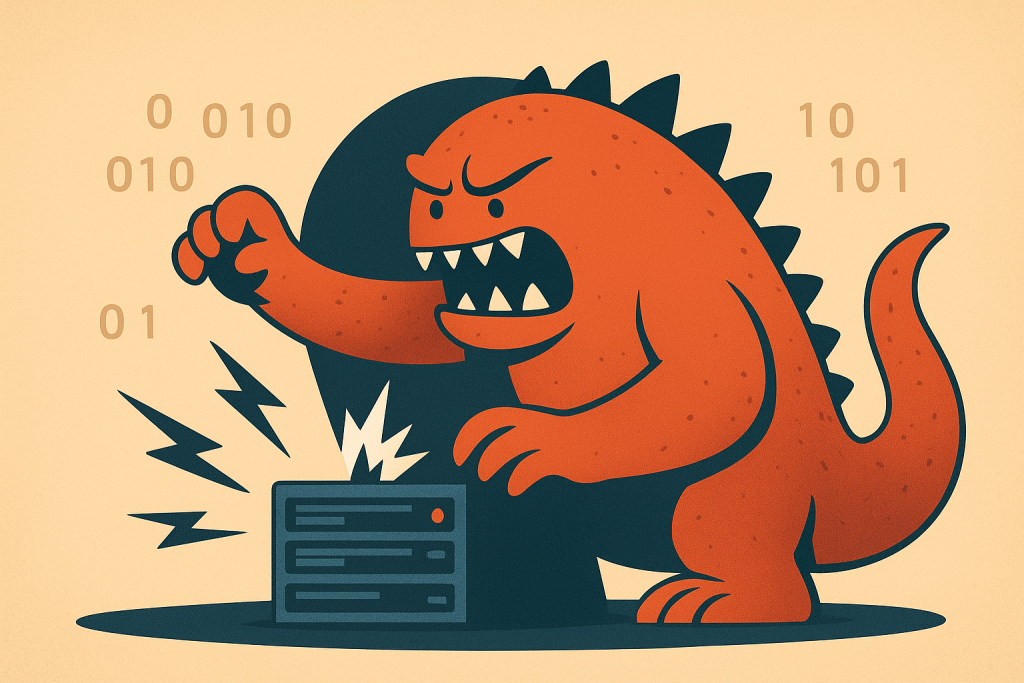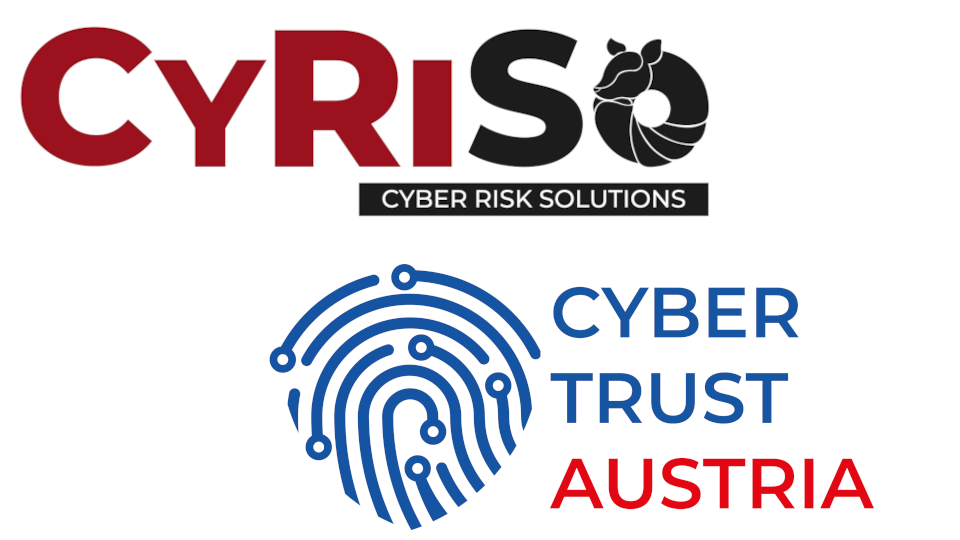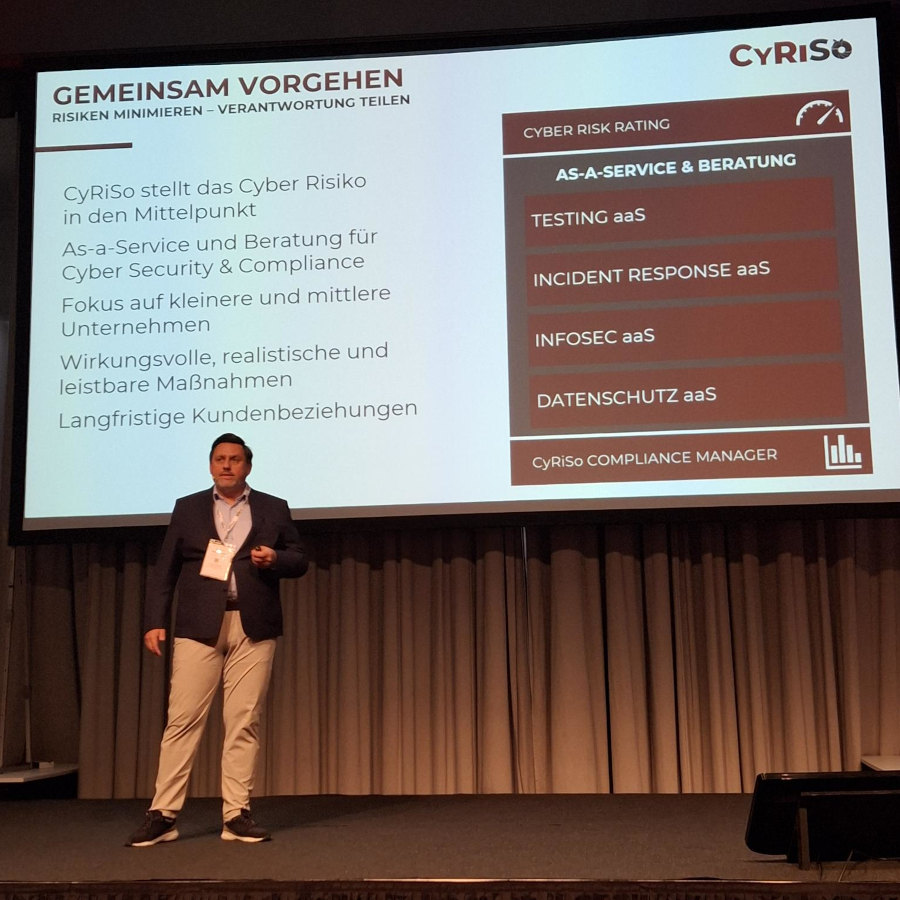How intelligent systems stop attacks before they cause damage
Phishing is no longer just a problem for large corporations – small and medium-sized enterprises (SMEs) are also increasingly the target of sophisticated attacks. It’s no longer just about poorly written emails with suspicious links. Today, attackers imitate deceptively genuine internal communication, use compromised accounts or deploy deepfakes. Traditional spam filters are reaching their limits here.
The solution? Artificial intelligence (AI) – precise, adaptive and scalable.
How does AI-supported phishing detection work?
AI systems for phishing detection are usually based on machine learning (ML) or natural language processing (NLP). They analyze incoming emails, websites or chat messages based on millions of known patterns and learn continuously. The following techniques are used, among others:
- Text analysis & NLP: Detection of unusual language patterns, manipulated domains or forged signatures.
- Behavioral analysis: Comparison with typical communication behavior (e.g. time, tonality, recipient structure).
- URL scanning & sandbox tests: Suspicious links are opened and analyzed in isolated environments.
- Image analysis: Logos, QR codes or embedded graphics are checked for authenticity.
- Threat intelligence feeds: Real-time comparison with current threat databases.
The result: a dynamic, context-based evaluation of each message – far beyond what classic filters can achieve.
Advantages over conventional filters
| Classic spam filter | AI-supported detection |
| Static rules | Dynamic learning |
| High false positives | Context-based evaluation |
| No behavioral analysis | User- and pattern-based |
| No real-time updates | Connection to threat feeds |
AI also recognizes new, previously unknown attack patterns – so-called zero-day phishing attacks – and can adapt to new tactics used by attackers.
Challenges & limits
Despite all the advantages, there are also points that companies should bear in mind:
- Training data: The quality of recognition depends heavily on the data used.
- False positives: AI can also falsely block legitimate emails – regular fine-tuning is necessary.
- Transparency: Many systems are black boxes – it is not always possible to understand why a mail was blocked.
- Data protection: For cloud-based solutions, it must be checked whether sensitive content is processed in compliance with the GDPR.
What does AI-supported phishing detection cost?
The costs vary greatly depending on the provider, range of functions and company size:
- Open source models (e.g. with own infrastructure): from €0, but high implementation costs
- Cloud-based solutions for SMEs: approx. 2-6€ per user/month
- Enterprise solutions with SIEM integration: from€10 per user/month upwards
Managed security services that offer AI-based detection as part of an overall package – including monitoring, reporting and incident response – are particularly interesting for SMEs.
Conclusion: AI is not a luxury, but a necessity
Phishing attacks are becoming increasingly sophisticated – and traditional protection mechanisms are no longer sufficient. AI-supported detection offers a scalable, adaptive and future-proof solution for detecting and fending off attacks at an early stage. For SMEs in particular, this is a decisive step towards cyber resilience.
Act now: Free cyber check on cyriso.io
Would you like to know how well your company is protected against phishing and other cyber threats? Then use our free cyber check at cyriso.io. You will receive an initial assessment of your security situation in just a few minutes – with no obligation.
Register now for free and check your cyber defense: cyriso.io










